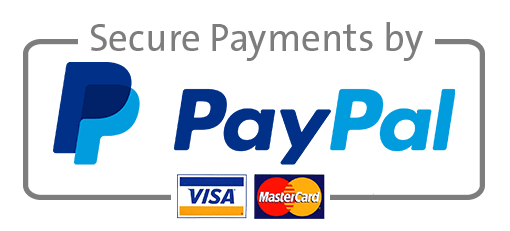[Solved] Exhausting Every Possible Resource
[Solved] Exhausting Every Possible Resource
1#
Henrietta has a client (Omar) who is elderly, and has legally lost his privilege to drive, due to reckless infractions while driving, which was a safety issue for others, as well as Omar himself.
In my opinion, the therapist has an obligation to protect the general public, whose safety may be at risk, when Omar is driving. In other words, the therapist should, by all means, call the authorities under the law, knowing Omar is driving illegally. The clients license is revoked, but he still is chooses to drive, and violate the law. It is quite obvious that the client is disregarding the law, in addition to creating an environment where he could seriously hurt himself, and others while driving. The physical, and mental changes caused by age, can greatly affect a persons ability to driving, and make quick decision when in danger situations. This occurrence can result in unsafe driving habits, which may end in deadly a collisions, causing harm to innocent people. In most states, seniors are required to undergo a series of test to determine their ability to still drive. Because, of the potential risk safety violation by Omar, Henrietta is not a breaching confidentiality, she is obeying the law, and saving others.
In addition, Omar is her patient, and she must decipher if Omar an actual threat, and demonstrate the imminent danger to the general public, himself by exhausting every possible resource to inform Omar of why he should not be driving. Under the law Henrietta is not breach the privacy of her client.
2# Whether or not a therapist has a duty to notify the authorities about an impaired driver depends on several factors, such as the laws and ethical codes of their jurisdiction, the severity and immediacy of the risk, and the possible consequences of reporting or not reporting (Pederson, 2022). Therapists must protect their clients’ confidentiality unless a legal or ethical exception requires them to disclose information to a third party. Confidentiality is essential for building trust and rapport between the therapist and client and facilitating effective therapy. Therefore, therapists should only breach confidentiality if there is a clear and compelling reason to do so (Pajer, 2019). You should also consult with your professional associations, colleagues, supervisors, or legal advisors to clarify their obligations or options in such situations.
This case does not in my opinion warrant breaking the confidentiality code. If you agree what could be introduced into the situation to change your mind?

